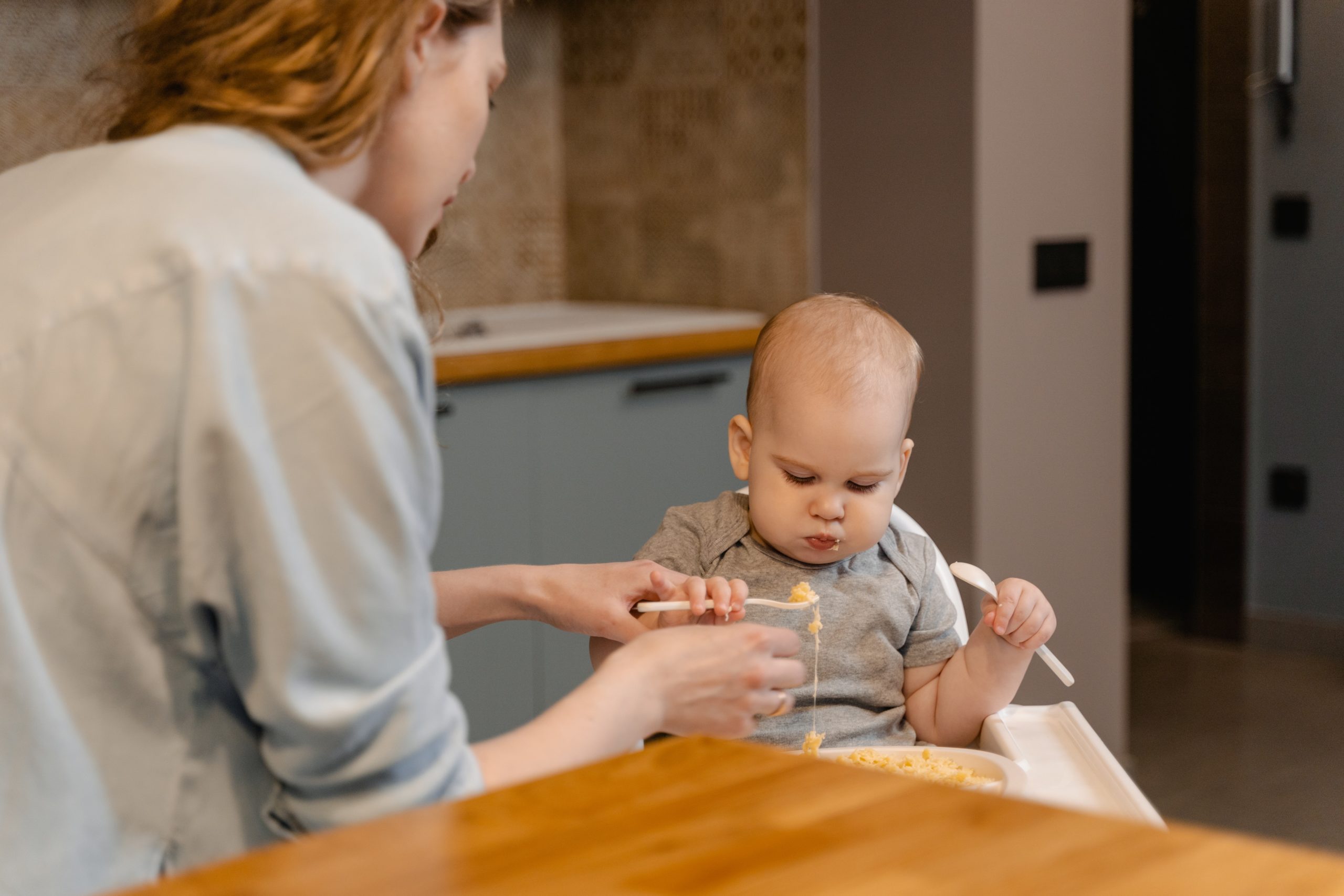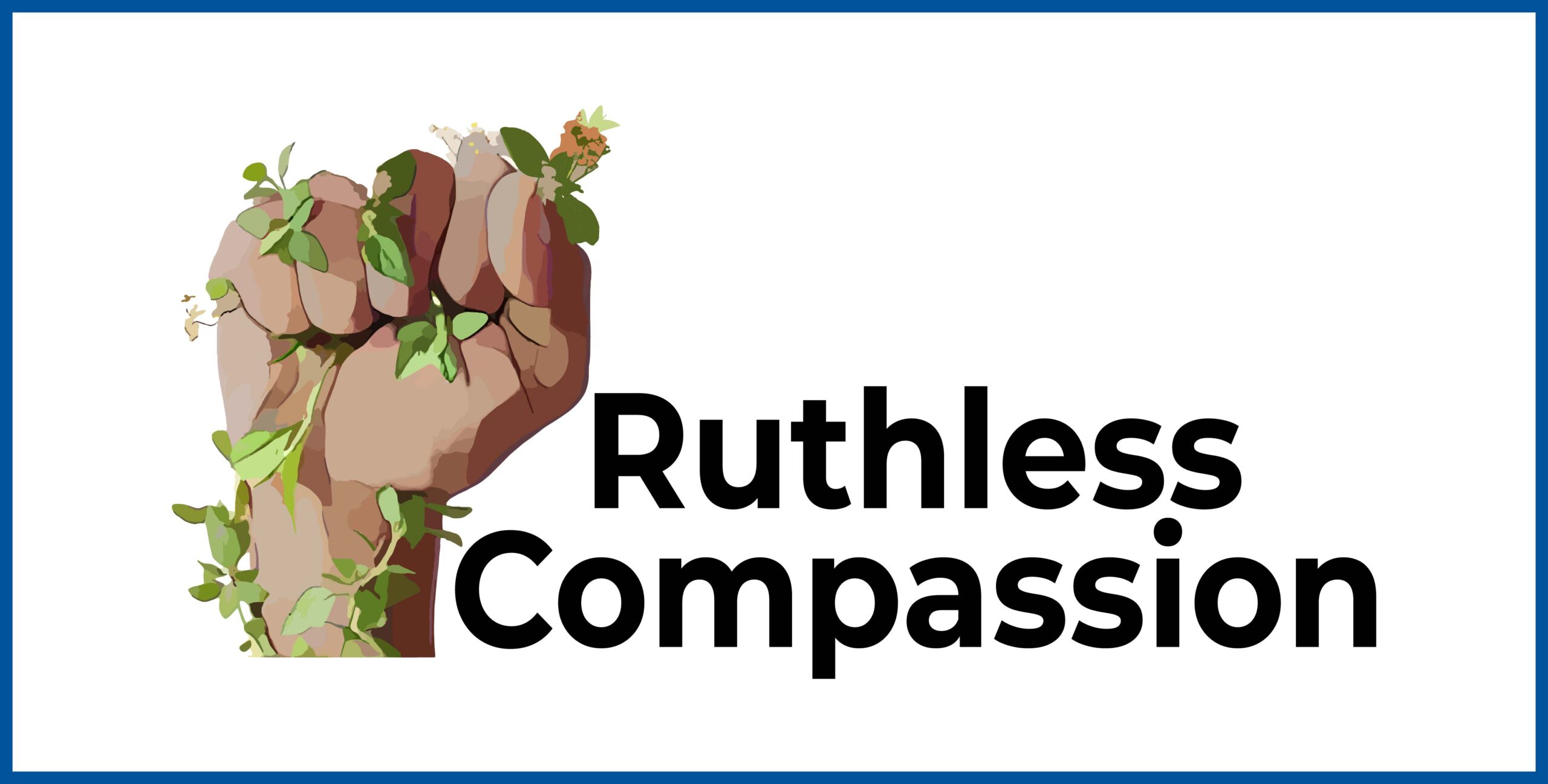Parents who over-protect their kids are obviously trying to do the best for them, but this prevents help these children from becoming resilient and bouncing back from disappointment, loss and adversity.
Recently, I’ve come across a book that addresses resilience in children in a meaningful way. Option B: Facing Adversity, Building Resilience and Finding Joy is by COO of Facebook Sheryl Sandberg, the author of Lean in, and psychologist Adam Grant, author of Originals.
In Option B, Sheryl Sandberg describes the devastating and sudden loss of her beloved husband while they were vacationing in Mexico. She shares that her greatest fear after this experience was that her children would never again be happy, and how she was determined that this would not be the case.
As a result of her loss, Sandberg set out to learn about resilience in order to help her children recover from this loss and eventually, thrive. Sandberg and Grant share what they learned in Option B.
Sandberg writes that no matter what the circumstances of a child’s life, they can become resilient if they grow up with what she describes as “four core beliefs: (1) they have some control over their lives; (2) they can learn from failure; (3) they matter as human beings; (4) they have real strengths to rely on and share.”
Sandberg points to studies which have demonstrated that whether kids grow up in positive environments or in “environments with severe poverty, alcohol abuse or mental illness,” the ones who become “competent, confident, and caring young adults” are those who are resilient.
Sandberg goes on to say that these resilient kids “realize that they have the power to shape their own lives. Their caregivers communicate clear and consistent expectations, giving them structure and predictability, which increases their sense of control.”
Obviously, over-protected kids who have few expectations will fail to develop this first belief so necessary for building resilience.
Sandberg references Carol Dweck, psychologist and author of the book, Mindset, The New Psychology of Success, when she says that “the second belief that shapes children’s resilience is that they can learn from failure.” She writes that “Dweck has shown that children respond better to adversity when they have a growth mindset instead of a fixed one.”
According to Dweck, “A fixed mindset means viewing abilities as something we’re either born with or not.” With a growth mindset, kids “see abilities as skills that can be learned and developed. They can work to improve.”
Sandberg explains that parents and teachers are responsible for which mindset the growing child adopts, and it “depends in part on the type of praise” they give the child.
Studies by Dweck’s team found that “kids who were praised for being smart (based on their performance on a first test) did worse on later tests because they viewed their intelligence as a fixed attribute,” and when these kids “struggled, they decided that they just didn’t have the ability. Instead of attempting to complete a more difficult test, they gave up.”
She adds that “when kids were praised for trying, they worked harder on the challenging test and made more of an effort to finish it.”
Sandberg states that resilience is built when parents and teachers instill a growth mindset into kids. She quotes Julie Lythcott-Haims’ book, How to Raise an Adult, who “advises parents to teach their children that difficulties are how we grow.”
Sandberg says that when “parents treat failure as an opportunity to learn rather than an embarrassment to be avoided, kids are more likely to take on challenges” and therefore succeed in life.
Unfortunately, when kids are rewarded for just showing up, when they’re told that they’re fantastic, regardless of what they have or haven’t done, and when they’re so over-protected that they’re never allowed to experience any type of failure, they miss out on developing the second belief essential for building resilience.
Sandberg describes the third belief that helps to build a child’s resilience as “mattering: knowing that other people notice you, care about you and rely on you.” She says that this comes when parents “listen closely to their children, show that they value their ideas, and help them create strong, secure attachments with others.”
Sandberg writes that “in a study of more than two thousand adolescents between the ages of eleven and eighteen, many of whom faced severe adversity, those who felt they mattered were less likely to have low self-esteem, depression, and suicidal thoughts.”
Sandberg says that it doesn’t take much to show a child that he or she matters. It comes from spending a bit of time with them, acknowledging their feelings, helping them to reach out to other kids and build friendships, and teaching them empathy.
In this regard, spoiling kids backfires. Coddled kids grow up feeling overly-important, overly-entitled, and they lack social skills, emotional intelligence and empathy. As a result, they fail to develop this third belief necessary for resilience.
Sandberg describes the fourth belief that is held by resilient kids, which is “that they have strengths they can rely on and share with others.” She mentions a program in India called Girls First that “teaches girls to identify and practice different strengths of character – from courage to creativity, justice to kindness, humility to gratitude.” Sandberg shares that after only six months of one hour per week sessions, girls “saw their emotional resilience climb.”
Sadly, when parents do too much for children and teachers progress them through school without the expectation that they complete the curriculum, these children fail to identify their own strengths. In fact, they grow up feeling insecure, inadequate and incompetent.
Sandberg sums up the four beliefs that go to building resilience in this way: “With the right support, beliefs can fuel action and become self-fulfilling. Believe you can learn from failure and you become less defensive and more open. Believe you matter and you spend more time helping others, which helps you matter even more. Believe you have strengths and you start seeing opportunities to use them.”
Sandberg says that “the beliefs that help build resilience become even more critical” when “kids face trauma.” Whether this trauma is a chaotic upbringing, a tragic loss such as the one Sandberg’s family experienced or any other adverse event, it’s obvious that these four beliefs will make the difference between a young person who barely survives and one who thrives.
It’s clear from the above that over-protecting kids and having too few expectations of them will prevent kids from building resilience, and lead to young adults who struggle in life rather than thrive.
Sign up here for my free biweekly wellness newsletter that brings you fresh, thought-provoking content.
Subscribe to my YouTube Channel to watch my series Moving into Autumn with Good Self-Care, where you’ll learn simple tips for taking the best care of yourself and your loved ones this fall season.
Tune in to my Ruthless Compassion Podcast where I go in-depth about topics like mental health, trauma, and loneliness.



